Exploring the Mangroves Forest in West Bali
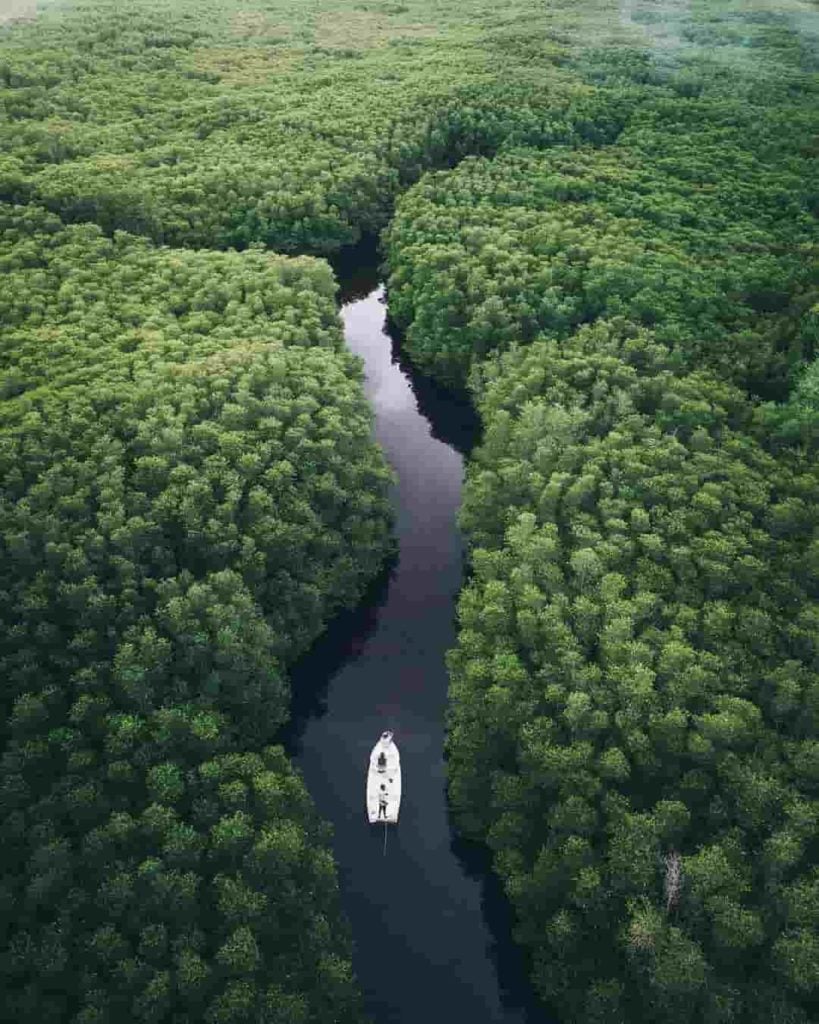
Exploring the Mangroves Forest in West Bali. Bali is renowned for its pristine beaches, stunning temples, and vibrant culture, but there’s a lesser-known side to the island that holds incredible ecological importance—the mangroves of West Bali. Mangroves are coastal wetlands that serve as natural buffers between land and sea, playing a vital role in preserving Bali’s environmental health. Exploring these mangrove forests offers a unique opportunity to discover the island’s rich biodiversity while enjoying an eco-friendly adventure. This guide will take you through everything you need to know about exploring the mangroves in West Bali.
1. What Are Mangroves and Why Are They Important?
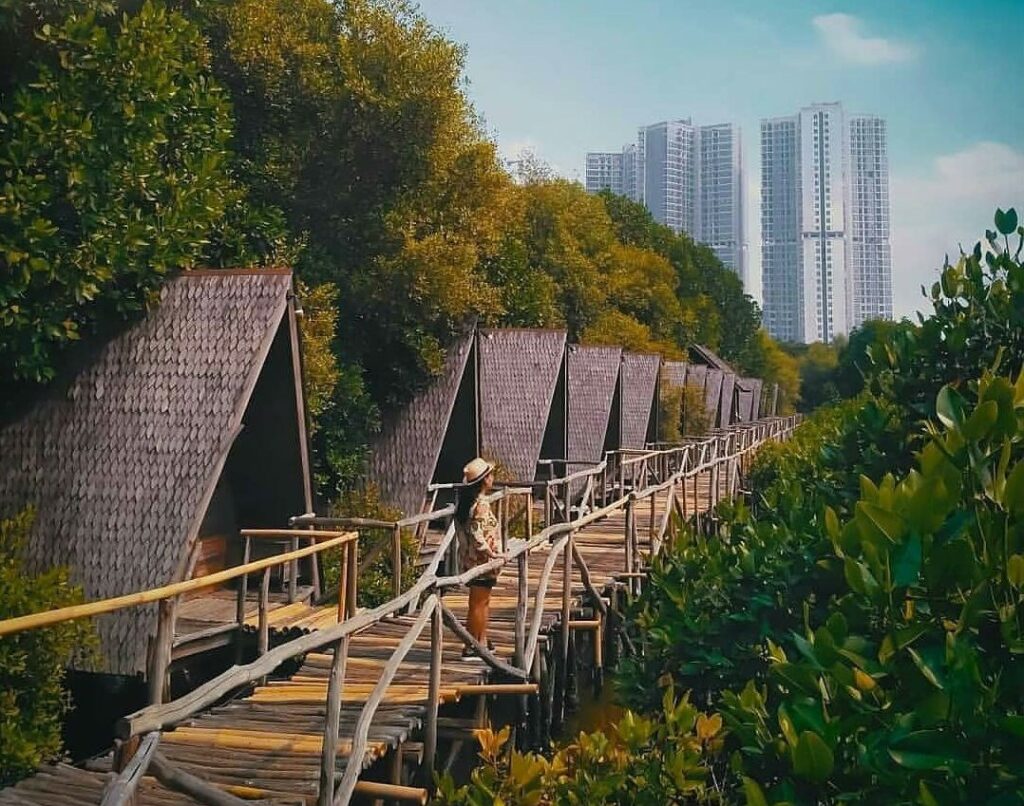
Mangroves are coastal ecosystems found in tropical and subtropical regions. They consist of salt-tolerant trees and shrubs that grow in shallow, muddy water. These ecosystems are essential for a variety of reasons:
- Coastal Protection: Mangroves act as a natural defense against erosion, storm surges, and tsunamis by stabilizing the shoreline with their extensive root systems.
- Habitat for Wildlife: Mangrove forests provide shelter and food for a diverse range of species, including fish, birds, crabs, and other marine life. These areas are critical for breeding and nurturing young marine organisms, making them biodiversity hotspots.
- Carbon Sequestration: Mangroves are incredibly efficient at absorbing carbon dioxide from the atmosphere, making them essential for mitigating climate change.
- Water Filtration: The roots of mangroves help filter pollutants from the water, ensuring cleaner coastal waters for both wildlife and humans.
In West Bali, the mangrove ecosystems offer visitors the chance to witness the beauty of these forests while learning about their ecological importance.
2. The Mangroves of West Bali: Where to Find Them
West Bali is home to some of the most well-preserved mangrove forests on the island. While there are several areas across Bali where mangroves thrive, the mangrove forests in the region of Teluk Gilimanuk and Bali Barat National Park are among the most accessible and pristine.
- Bali Barat National Park: Located in the northwest part of Bali, this national park covers a vast area of forests, savannas, and mangroves. The park’s mangrove forests stretch along the coastline, providing a rich habitat for wildlife and a peaceful environment for exploration.
- Teluk Gilimanuk: This area, close to the Bali Strait, is known for its expansive mangrove forests. It’s one of the best places to explore the mangroves either by boat or on foot via boardwalks, offering both adventurous and relaxing ways to enjoy the environment.
3. Mangrove Adventures: What You Can Do
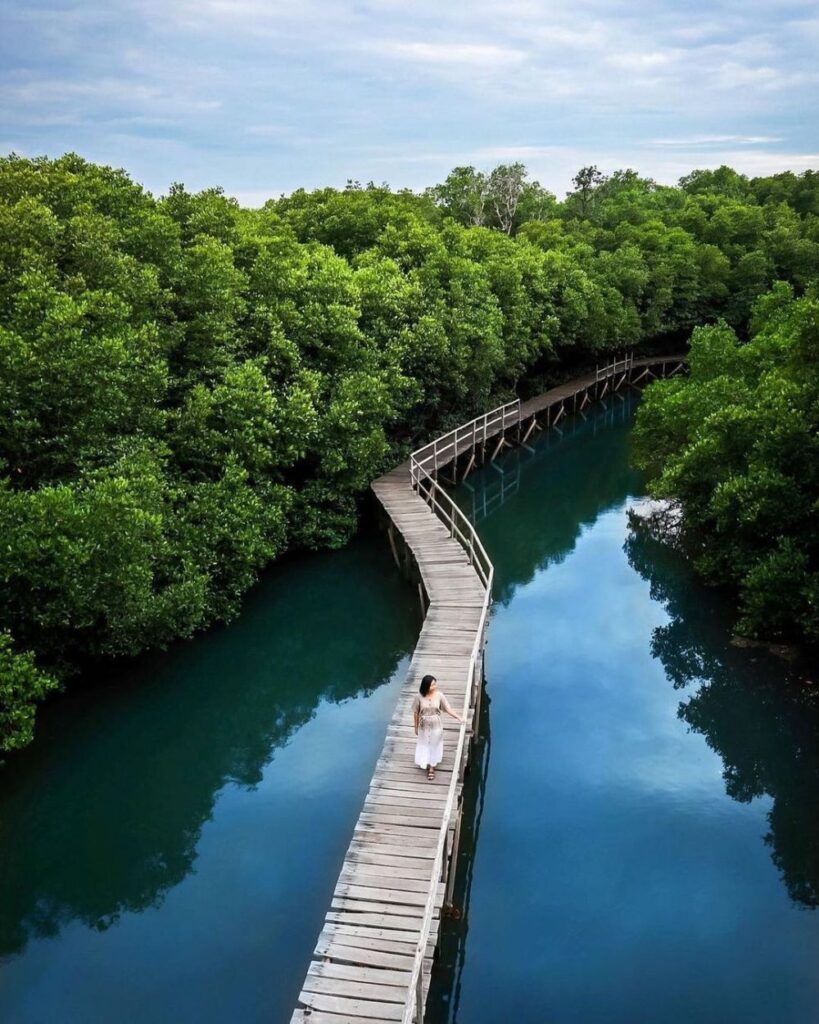
Exploring the mangroves of West Bali offers several exciting activities for nature lovers and adventure seekers. Here are some of the best ways to immerse yourself in this unique ecosystem:
- Kayaking Through the Mangroves: One of the most popular ways to explore the mangroves is by kayak. As you paddle through the calm, shallow waters, you’ll glide between towering trees with tangled roots, spotting wildlife along the way. Kayaking allows you to navigate through narrow channels and observe the mangroves up close without disturbing the delicate ecosystem.
- Boat Tours: For those who prefer a more relaxed approach, boat tours are available to take you through the mangrove forests. These tours often include knowledgeable guides who explain the significance of the mangroves and point out interesting wildlife. It’s a perfect option for families or travelers looking for a leisurely experience.
- Walking Trails and Boardwalks: In some areas of West Bali, there are designated walking trails and wooden boardwalks that wind through the mangroves. These paths allow you to explore the forests on foot, giving you the chance to stop and appreciate the quiet beauty of the surroundings. It’s also an excellent opportunity for birdwatchers, as many species of birds make the mangroves their home.
- Birdwatching: The mangrove forests of West Bali are teeming with birdlife. As you explore, keep your eyes and ears open for species such as kingfishers, herons, and egrets. Some rare and migratory birds can also be spotted here, making it a birdwatcher’s paradise.
4. Wildlife in the Mangroves
Mangroves are among the most biodiverse ecosystems on the planet, and West Bali’s mangroves are no exception. The forest is home to a variety of wildlife, both terrestrial and marine. Here are some species you might encounter:
- Birds: As mentioned earlier, the mangroves are a haven for bird species, with brightly colored kingfishers, long-legged herons, and majestic egrets being common sights. The mangroves also serve as resting spots for migratory birds traveling between Australia and Asia.
- Marine Life: The shallow waters around the mangroves are rich in marine life. Fiddler crabs, shrimp, and small fish can often be seen darting around the roots of the mangrove trees. During high tide, larger species like sea turtles and rays sometimes come closer to the mangrove shorelines.
- Reptiles and Amphibians: The mangroves are home to a range of reptiles and amphibians, including monitor lizards and snakes. These animals can often be seen sunning themselves on the mangrove roots or moving silently through the forest.
5. Why Visit the Mangroves in West Bali?
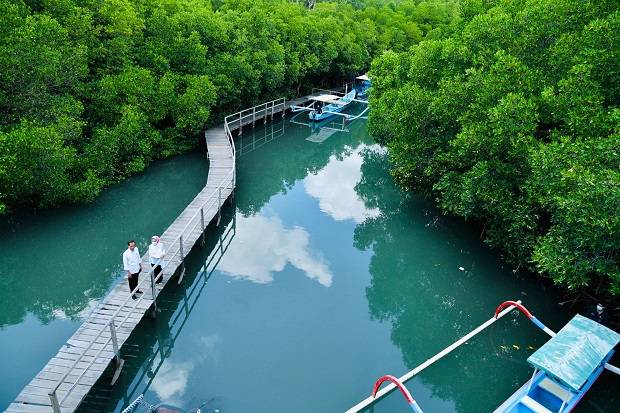
The mangroves of West Bali offer visitors an opportunity to connect with nature in a peaceful and less-touristy environment. Here are a few reasons why you should add a mangrove adventure to your Bali itinerary:
- Off-the-Beaten-Path Experience: While many visitors flock to Bali’s beaches and temples, exploring the mangroves provides a more tranquil and unique experience. You’ll be able to escape the crowds and enjoy the serene beauty of Bali’s coastal ecosystems.
- Educational Adventure: Visiting the mangroves is not only an enjoyable outdoor activity, but it’s also a learning experience. Guided tours offer insights into the importance of mangroves for coastal protection, biodiversity, and climate change mitigation.
- Eco-Friendly Tourism: Mangrove tours, especially those conducted by kayak or on foot, have a low environmental impact. Supporting eco-friendly activities helps promote sustainable tourism and ensures that these fragile ecosystems are protected for future generations.
- Photography Opportunities: The mangroves provide endless opportunities for photography enthusiasts. From the intricate root systems and mirror-like waters to the stunning wildlife, there are countless subjects for capturing the beauty of nature.
6. Best Time to Visit the Mangroves
The best time to explore West Bali’s mangroves is during the dry season, which runs from April to October. During this time, the weather is pleasant, and the waters are calm, making it ideal for kayaking and walking tours. Visiting during the morning or late afternoon is recommended, as the temperatures are cooler, and wildlife is more active.
However, the mangroves can also be explored during the wet season, though heavy rainfall may make some trails muddy or inaccessible. If you plan to visit during the wet season (November to March), it’s advisable to check the weather forecast and opt for a guided boat tour to avoid any challenges with the trails.
7. How to Get There
West Bali’s mangroves are relatively easy to access from popular tourist areas such as Ubud, Canggu, or Seminyak. The drive to Teluk Gilimanuk or Bali Barat National Park takes approximately two to three hours, depending on your starting point.
There are several tour operators in Bali that offer guided day trips to the mangroves, which often include transportation, guides, and activities like kayaking or boat tours. For those who prefer to go independently, renting a car or motorbike is also an option, with many accommodations in West Bali offering advice on visiting the mangroves.
8. Conservation Efforts and Sustainability
Mangroves are critical to the health of coastal ecosystems, but they are increasingly threatened by human activities such as coastal development, pollution, and deforestation. Fortunately, conservation efforts are underway to protect Bali’s mangroves.
Several non-profit organizations and local communities work together to restore and protect the mangrove forests in West Bali. These initiatives include replanting mangrove trees, cleaning up plastic waste, and educating locals and tourists about the importance of these ecosystems. By visiting the mangroves, you can contribute to these efforts by supporting eco-tourism operators who prioritize sustainability and environmental protection.
Exploring the mangroves in West Bali offers a chance to experience a different side of Bali—one that is rich in biodiversity and ecological significance. Whether you’re gliding through the water on a kayak, strolling along a boardwalk, or spotting wildlife in the trees, the mangrove forests provide a peaceful retreat from Bali’s more crowded attractions. By choosing to explore these fragile ecosystems, you’re not only enjoying a memorable adventure but also supporting sustainable tourism and conservation efforts that help protect Bali’s natural beauty for future generations.


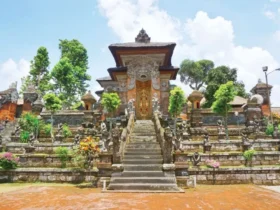


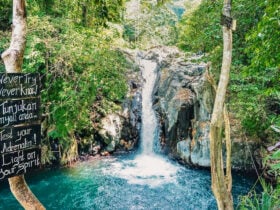
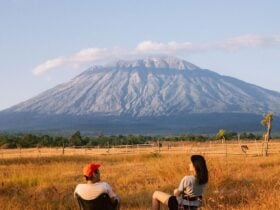
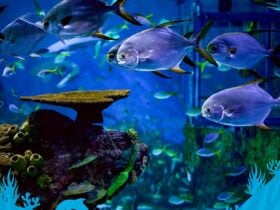
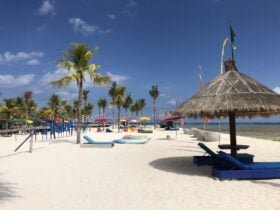
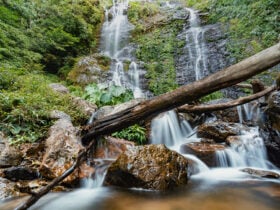
Leave a Review